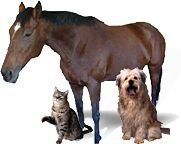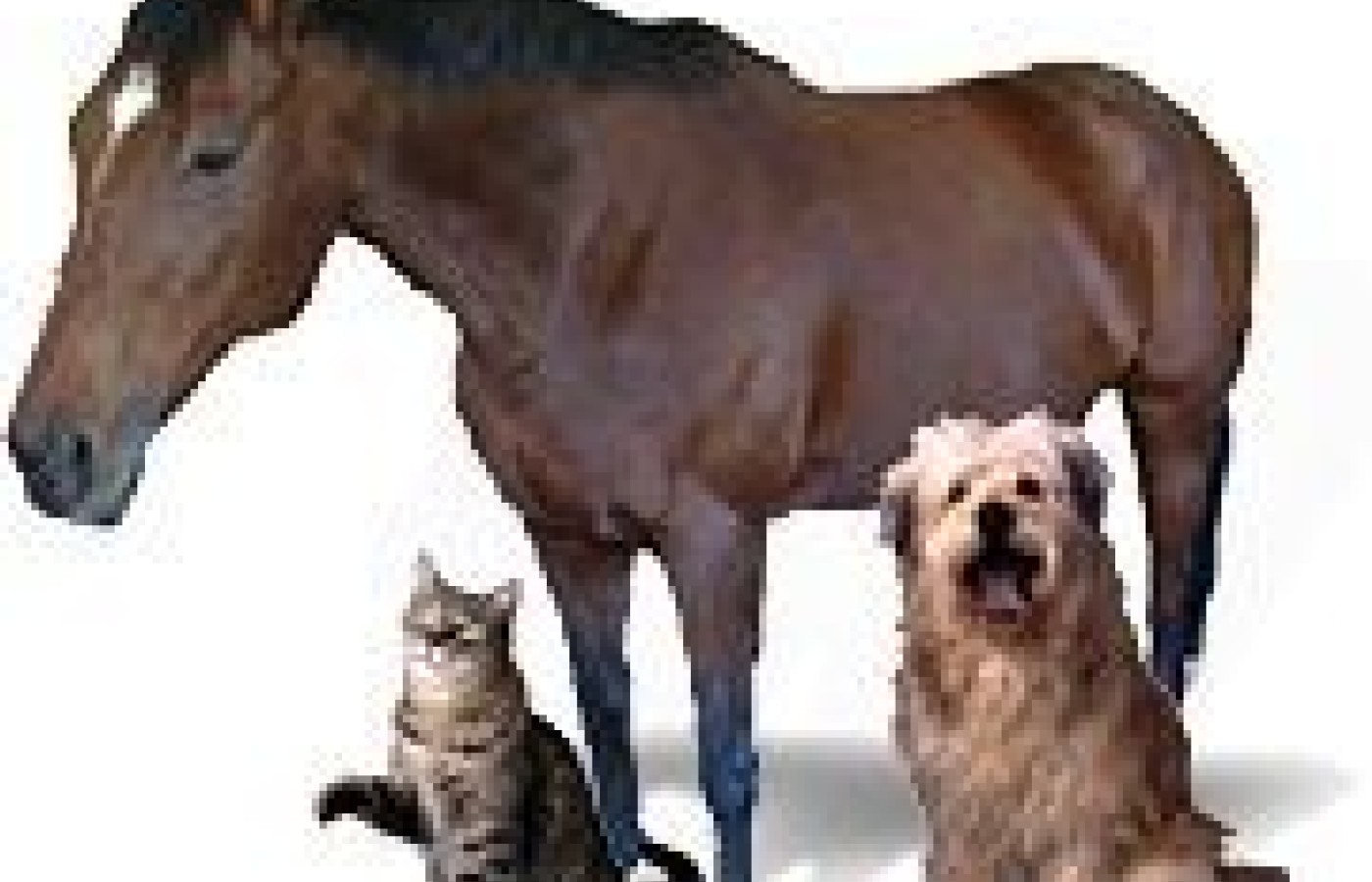Whether you accept it, avoid it or live somewhere in between, insurance coverage has become a defining issue for our profession. Patients increasingly expect to use their benefits, practitioners want to be compensated fairly for their time and expertise, and the system itself remains – at best – fragmented. The encouraging news is that coverage has expanded in meaningful ways. The challenging news is that reimbursement, across the board, remains inadequate.
The "Paws"-itive Effects of Animal Acupuncture
Imagine arriving to work one morning to find your waiting room filled with animals - a German Shepard puppy, a Himalayan cat, two parakeets and an iguana - and those are just your morning appointments. Your afternoon appointments - off-site, of course - consist of a few horses, a camel, a tiger, or even an elephant!
Surprised? Don't be. As an increasing number of people are turning to acupuncture to treat muscle pain, sleep disorders, and everything in-between, so are they utilizing acupuncture to treat the animals in their lives, whether domestic or working companions. And much like humans, the animals seem to be responding well.

Among the leading veterinary acupuncture organizations in the United States are the International Veterinary Acupuncture Association (IVAS), which was founded in 1974 and has grown to become a truly "international" organization, with members in more than a dozen countries. Almost a quarter century later, in 1998, the American Academy of Veterinary Acupuncture (AAVA) was formed to meet the specific needs of American veterinary acupuncturists. Each group plays a vital role in the development of veterinary acupuncture: IVAS is currently the only certifying body for veterinary acupuncturists in the U.S., while AAVA is a leader in providing continuing education for practitioners, which cover a variety of practical and advanced acupuncture and traditional Chinese veterinary medical topics.
According to the AAVA, " Acupuncture is known to have therapeutic effects in a wide variety of animal diseases. Pain modification is an important application of veterinary acupuncture, but there are much wider applications."1 The IVAS, meanwhile, views acupuncture as " a healing science which deals with the individual animal as a living energetic being, rather than simply as a catalogue of signs and symptoms," and believes that "effective veterinary acupuncture practice is based upon both the natural and scientific aspects of healing."2
As the general public's interest in veterinary acupuncture has increased, so has the interest of the mainstream media. A recent article in the Washington Post profiled a case in which acupuncture was highly successful in treating two dachshunds suffering from paralysis as the result of herniated disks; the dogs were in danger of being euthanized. The owner, desperate to save the pooches, sought the services of a veterinarian certified in acupuncture, and both dogs eventually healed and went on to live full lives.3
A host of other recent articles have reported the benefits of animal acupuncture. This past August, MSNBC published a story titled "Pets on Pins and Needles,"4 which stated that acupuncture has been used to treat arthritis, spinal injuries, allergies, skin problems, and gastrointestinal disorders in animals. The article also quoted AAVA President Dr. Bonnie Beaver as saying that acupuncture is "probably the most commonly used" type of alternative therapy on animals, but that more research needs to be conducted to demonstrate the true benefits of veterinary acupuncture.
"The problem with those therapies in general is that they do not have a lot of research behind them," Dr. Beaver said. "All of us would love to see research in the area that's published and peer-reviewed to show us if it's beneficial and, if so, when."4
Similar articles have appeared in newspapers ranging from Great Falls, Montana to Palm Beach, Florida, and as far north as Canada.5,6 An August 19, 2004 article in the Calgary Sun described how Dr. Elaine Murphy, a veterinary acupuncturist, treated a dog by examining its tongue, then inserting needles based on her diagnosis of the dog's condition.
"Different points are associated with different effects on the body," she explained. "By putting these needles in acupuncture points, you are affecting the energy."7
When receiving an acupuncture treatment, animals are assessed in a fashion similar to humans. In the article "Acupuncture in the Treatment of Animals," Sandy River, LAc, and Anne Mihalick, MD, LAc, assert that "Initial diagnosis includes the four inspections: looking, hearing and smelling, asking and feeling, as well as pulse taking and tongue diagnosis. The eight principles and the five phases are recognizable by the same correspondences as with human beings."8
Moreover, River and Mihalick contend that an animal's human companion plays almost as important a role in the treatment as the animal itself. "Essential information can be gleaned by watching the animal in relation to its environment and human partner. For example, in the case of a dog we notice who is walking whom in the door. Who is really in control of the leash?"8
Still, the authors warn that pet owners and human companions are not always objective observers: "...our reliance upon this second observer has its inherent challenges. Attempts that the animals make to communicate are often misinterpreted and anthropomorphized," the article says.8
Unfortunately, 20 states* prohibit practitioners other than doctors of veterinary medicine who have been certified in acupuncture or received formal acupuncture training from practicing on animals, which limits the field for many aspiring animal acupuncturists.1
Nevertheless, those who do practice on animals find it very rewarding.
"It's really about stimulating neurological points around the body," said Dr. Narda Robinson, a veterinarian and adjunct faculty member at Colorado State University's College of Veterinary Medicine and Biomedical Sciences. "The beneficial effects of acupuncture are usually so pronounced that you don't have to guess whether it's working."4
"We have found that our work with animals heightens our diagnostic skills, our understanding of the five phases, and our connection with natural cycles," note River and Mihalick. "There is nothing quite like being appreciated by a good lick on the cheek after a treatment."8
References
- Informational brochure. The American Academy of Veterinary Acupuncture.
- What is veterinary acupuncture? International Veterinary Acupuncture Society Web site (www.ivas.org).
- Oldham, P. Alternatives for chronically ill pets. Washington Post, August 15, 2004.
- Masland, M. Pets on pins and needles. MSNBC (www.msnbc.com), August 16, 2004.
- Davis, C. Vet uses varied techniques to help horses heal. Palm Beach Post. August18, 2004.
- Ecke, R. Vets offer alternative relief for pets. Great Falls Tribune, February 26, 2004.
- Mole, R. Ani-puncture a pet alternative. Calgary Sun, August 19, 2004.
- River S, Mihalick A. Acupuncture in the treatment of animals. Acupuncture and Oriental Medicine Alliance Web site (www.aomalliance.org).
* States include Arizona, Colorado, Florida, Hawaii, Idaho, Indiana, Iowa, Louisiana, Minnesota, Missouri, Montana, New Jersey, New York, North Carolina, Rhode Island, Tennessee, Texas, Utah, Washington and West Virginia.



